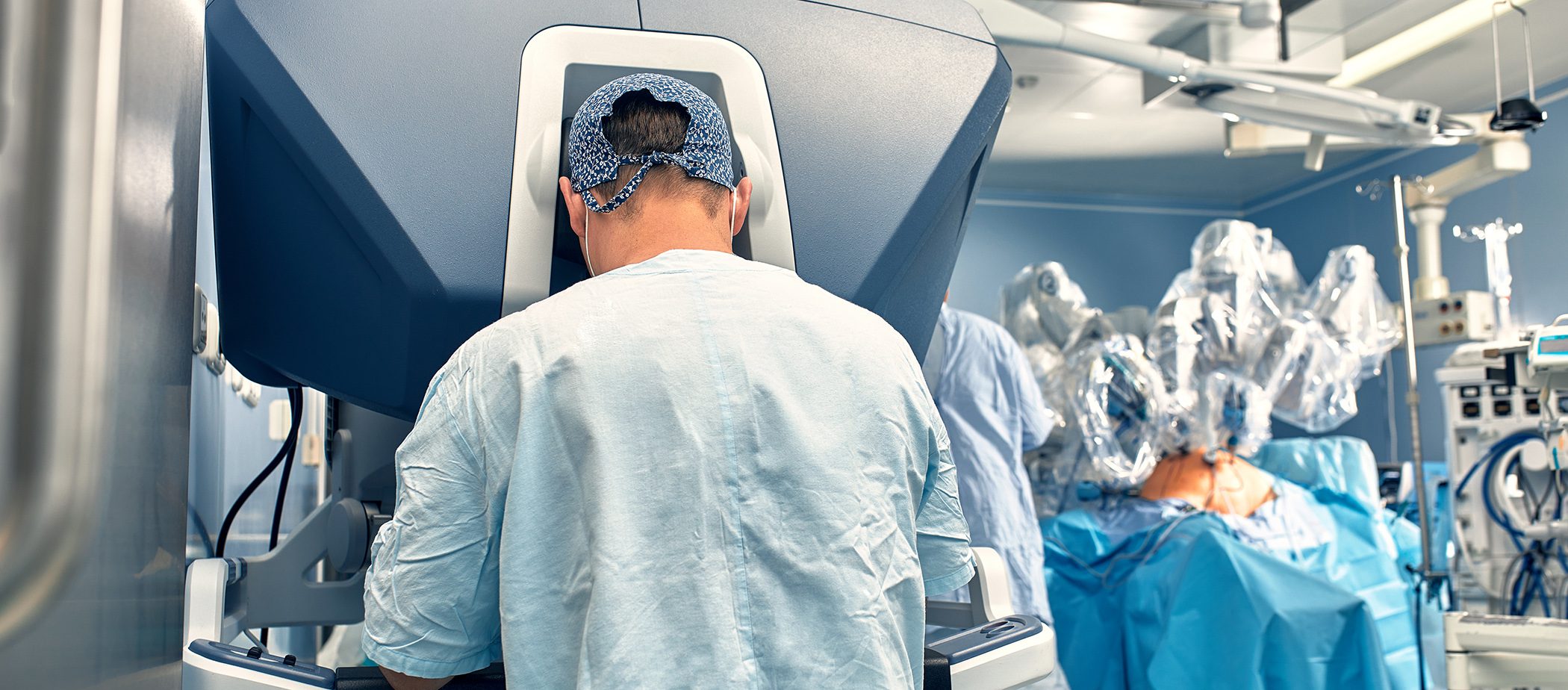Venous thromboembolism (VTE), consisting of deep vein thrombosis (DVT) and pulmonary embolism (PE), is the third most common cause of cardiovascular mortality worldwide after myocardial infarction and stroke. Despite continuous progress in anticoagulation, a specific preventive strategy against VTE that goes beyond anticoagulation is still lacking. In recent years, it has been shown that arterial and venous thromboembolism share more common risk factors than previously thought, including dyslipidemia and inflammatory processes.
Autoren
- Tanja Schliebe
Publikation
- CARDIOVASC
Related Topics
You May Also Like
- Ulcerative colitis
Rgs14 protein can worsen the severity
- Mastocytosis
Innovative pathogenesis-based therapeutic approaches in the pipeline
- Participation of the patient
Adherence in psychiatry
- Psychooncology
Communication as the key to therapy adherence
- From symptom to diagnosis
Renal cell carcinoma
- Lipid management: ESC/EAS guideline update 2025
New recommendations on CVD risk classification, lipid lowering in statin intolerance and hoFH
- Chronically active MS lesions
New paradigm in the diagnosis and treatment of multiple sclerosis
- Participation of the patient











